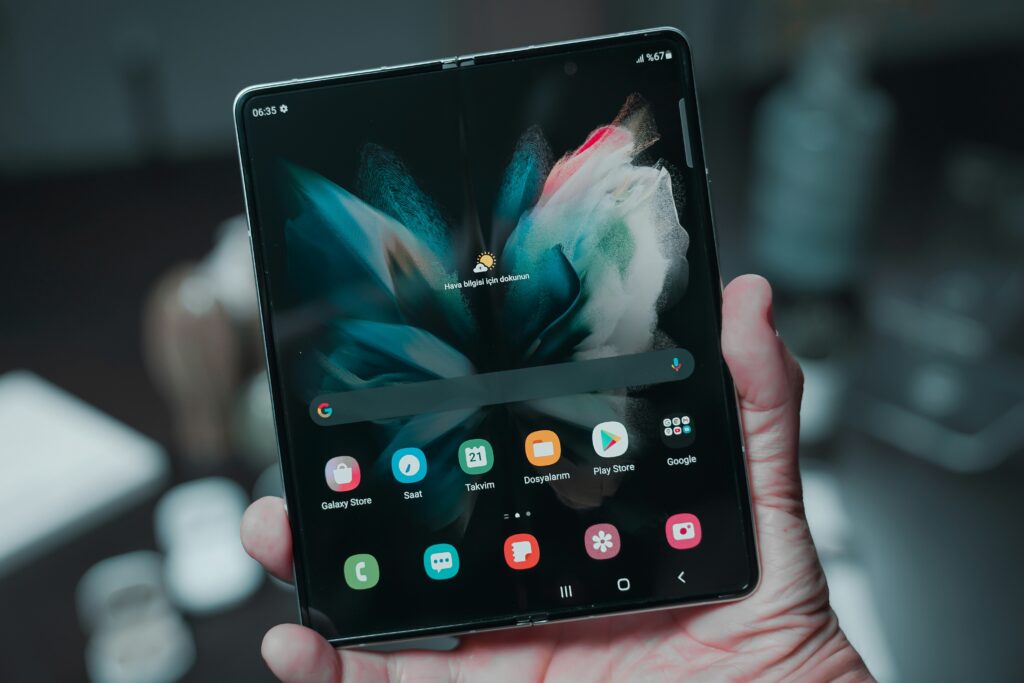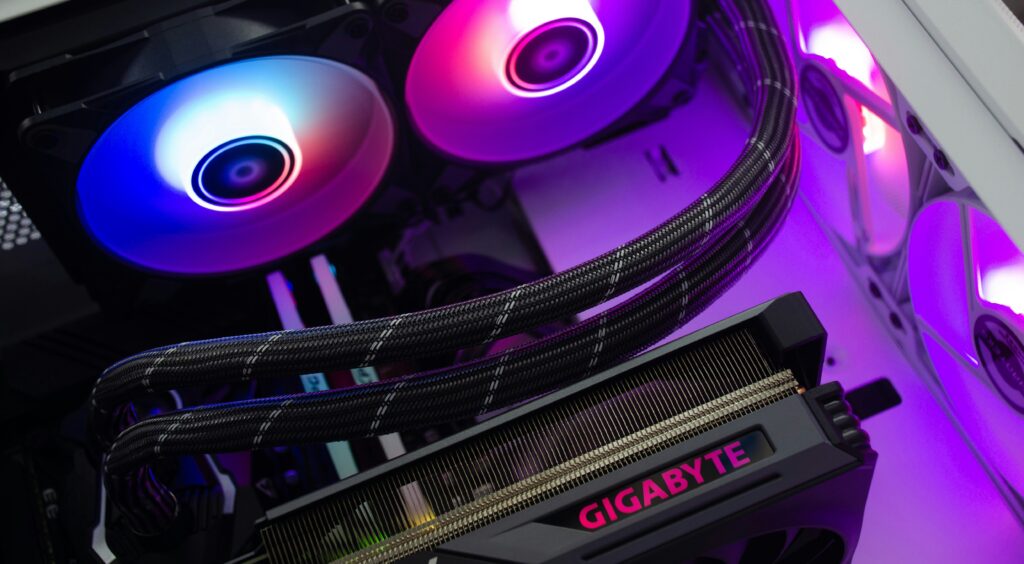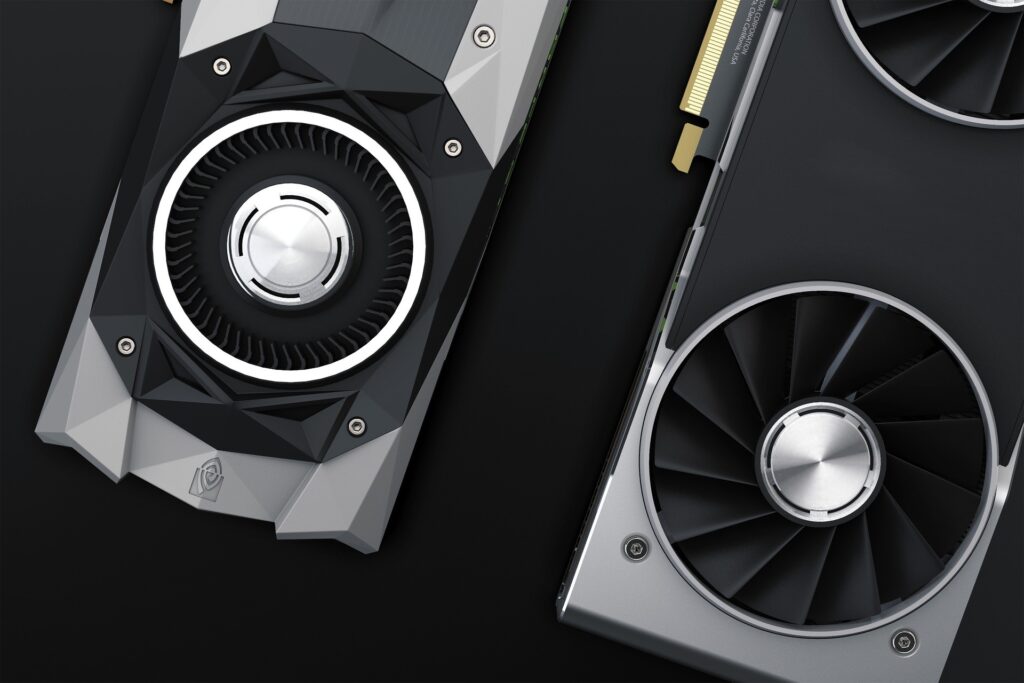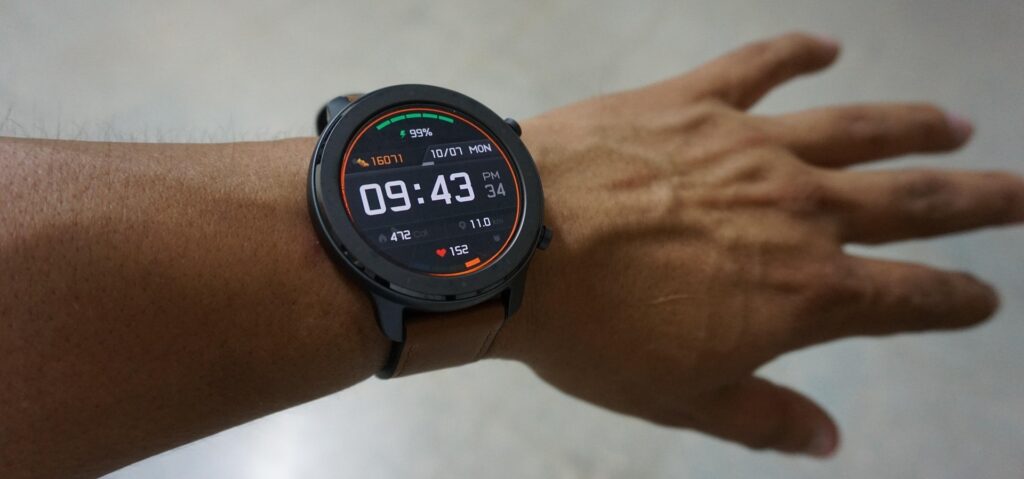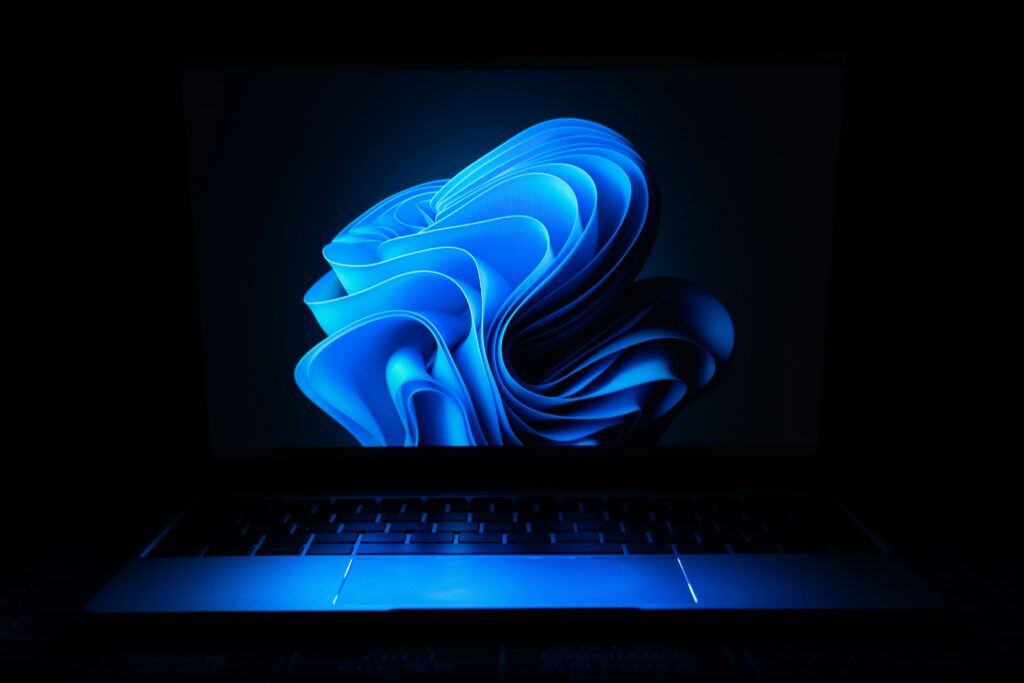Ecosystem of Apple
Introduction: Why Choosing a Tech Ecosystem Matters More Than Ever
The Apple vs Google comparison isn’t just about phones anymore—it’s about how you live, work, and connect every day. In 2025, tech ecosystems are tightly integrated into our personal and professional lives. From the devices you carry to the way your data syncs across apps, the choice between Apple and Google has never been more impactful.
Whether you’re deep into the Apple universe or rely on Google’s web-based tools, choosing the right ecosystem affects everything—from your productivity and privacy to your wallet. Let’s break down this digital rivalry and help you decide which path suits your needs in 2025 Apple vs Google comparison.
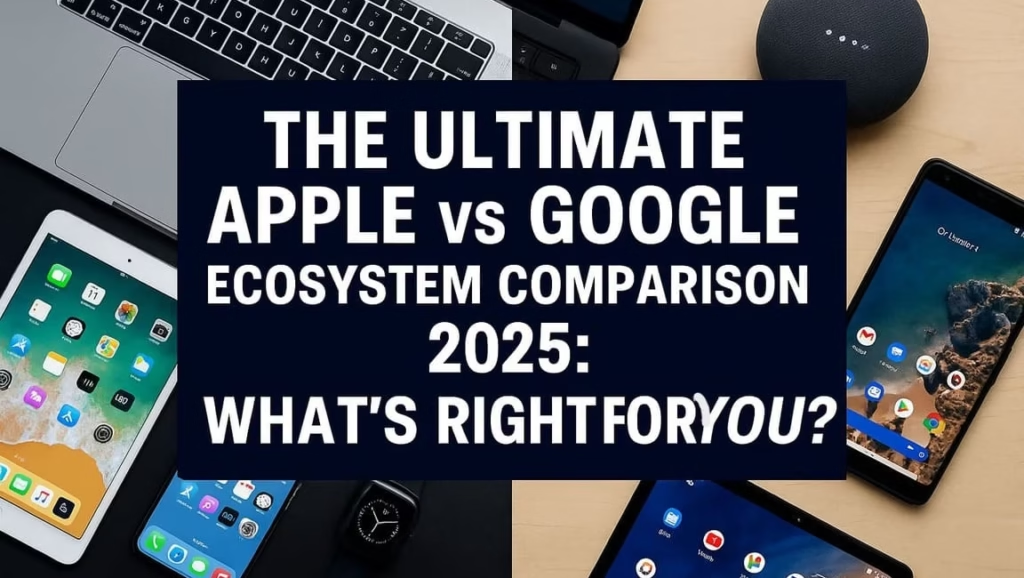
Related Reads : Best AI Business Ideas You Can Start Now: Turn Tech Into Income in 2025
Core Philosophy: Open vs. Closed Ecosystem Design
Apple’s Walled Garden Approach
Apple builds its products with one thing in mind: control. Every device, app, and service works harmoniously under Apple’s watchful eye. That means fewer bugs, smoother experiences, and a consistent user interface across all Apple devices—from iPhone to iPad to Mac.
But it also means less flexibility. Want to set Chrome as your default browser on iOS? You can, but the experience still favors Safari. Want to sideload apps? Not without a fight.
Google’s Open-Source Strategy
Google’s ecosystem is built on openness. Android, ChromeOS, and Google apps are available across countless devices from various brands. You can mix and match hardware and software to your liking, giving you maximum customization and freedom.
However, this open strategy often results in fragmented experiences, varying update speeds, and inconsistent UI across manufacturers.
User Experience Across Devices
Seamless Syncing: iPhone, Mac, Apple Watch
Apple’s strength lies in its ability to make everything feel like one product. Take a call on your iPhone and transfer it to your Mac. Copy a link on your iPad and paste it on your iPhone using Universal Clipboard. Apple Watch unlocks your Mac automatically.
This frictionless flow is where Apple truly shines.
Android, ChromeOS, and Google Services
Google’s ecosystem shines in web-based connectivity. Google Drive, Gmail, Docs, and Calendar work across all devices—Windows, Mac, Android, or iOS. If you’re device-agnostic or prefer browser-based tools, Google offers unmatched convenience.
That said, device sync isn’t always as tight or polished as Apple’s, especially across non-Google Android devices.
App Store and Play Store: Access and Quality
App Review Process and Security
Apple maintains strict control over its App Store. Every app is vetted for privacy, security, and compliance. This reduces the risk of malware and scams but slows app approvals.
App Diversity and Innovation
Google Play offers more freedom to developers. Apps are published faster and with fewer restrictions. While this encourages innovation, it also increases the chances of security vulnerabilities and lower-quality apps.
Related Reads : Apple’s iOS 26 Public Beta Is Here: iOS 26 Beta 4 Features and Updates Unveiled
Privacy and Data Control
Apple’s Privacy Labels and Tracking Controls
Apple brands itself as the privacy-first tech giant. Features like App Tracking Transparency and Mail Privacy Protection give users more control over their data. Every app in the App Store includes a “Privacy Nutrition Label,” detailing what data is collected and how it’s used.
Google’s Ad-Based Model and Privacy Updates
Google earns the majority of its revenue from targeted ads. While it has made strides with initiatives like the Privacy Sandbox and Android’s new permission system, critics argue that its core business still depends on data collection.
For users highly concerned about privacy, this remains one of the key points in the Apple vs Google Comparison.
Integration with Smart Home and Wearables
Apple HomeKit, AirPods, and Apple Watch
Apple’s ecosystem extends into your home and lifestyle with high-quality, tightly integrated devices. HomeKit is secure but limited to fewer brands. AirPods seamlessly switch between devices, and the Apple Watch is a market leader in wearables.
Google Nest, Pixel Watch, and Assistant Devices
Google Assistant powers a wide range of smart devices, from speakers to thermostats. Nest integrates well with Android and Google Home, offering broader compatibility than Apple’s ecosystem.
While Pixel Watch is improving, it’s still catching up to Apple in polish and adoption Apple vs Google Comparison .

Related Reads : Top Smartphone Deals : Best Picks Under $500
Productivity Tools and Cloud Services
Apple iCloud, Notes, and Mail
Apple’s suite includes iCloud Drive, Mail, Calendar, Notes, and Reminders. While iCloud has improved, it still lacks the collaborative prowess of Google’s tools.
Google Workspace: Docs, Gmail, and Drive
Google’s productivity tools are best-in-class for real-time collaboration. Google Docs, Sheets, and Gmail are intuitive, fast, and universally accessible. For teams and remote workers, Google is hard to beat.
AI and Voice Assistant Capabilities
Siri vs Google Assistant: Who’s Smarter in 2025?
Siri has come a long way but still lags behind in conversational AI. Google Assistant is more accurate, more responsive, and integrates deeply into everyday tasks—setting reminders, finding information, or managing smart devices.
As AI continues to evolve, Google’s lead in natural language processing strengthens its ecosystem advantage.
Hardware Variety and Customization
Limited but Polished Apple Hardware Lineup
Apple offers a tight range of products, but each one is optimized for performance and integration. From MacBooks to iPhones, everything feels consistent.
Wide Range of Android Devices at Different Price Points
Google’s ecosystem includes dozens of hardware partners—Samsung, OnePlus, Pixel, and more. This creates a wide price range and customization options but can result in inconsistent software experiences.
Related Reads : Top 10 AI Tools You Should Be Using in 2025: Game-Changing Picks for Productivity & Growth
Price and Value Comparison
Cost of Entry and Ecosystem Lock-In
Apple devices tend to cost more upfront. Once you start with one, you’re more likely to buy others to unlock full functionality—this is intentional.
Budget Flexibility in Google’s Ecosystem
Google’s ecosystem allows you to get started on a budget. You can buy a $200 Android phone or a $900 Pixel Pro—either way, you’re in. Plus, services like Google Drive offer generous free tiers.
Developer and Ecosystem Support
App Development and User Base Engagement
Apple’s App Store generates more revenue per user. Developers benefit from higher-paying customers and better monetization options.
Google’s wider reach, however, allows for larger user bases and faster adoption for certain types of apps.
Ecosystem Evolution and Updates
Apple’s yearly iOS updates are rolled out across all compatible devices immediately. In contrast, Android updates vary by manufacturer, leading to delays and inconsistent user experiences.
Which Ecosystem Is Right for You? A Use-Case Breakdown
For Creative Professionals
Apple is often the go-to for photographers, designers, and video editors thanks to powerful hardware (like MacBooks and iPads) and optimized apps like Final Cut Pro and Logic Pro Apple vs Google comparison.
For Business and Cloud-Centric Users
Google wins here. With seamless collaboration tools, cheap storage, and strong security, it’s ideal for remote teams, startups, and enterprise users Apple vs Google comparison.
For Families and Casual Users
Google offers more affordable entry points and flexibility. However, Apple’s Family Sharing, Screen Time controls, and privacy tools make it great for families prioritizing safety and simplicity Apple vs Google comparison.
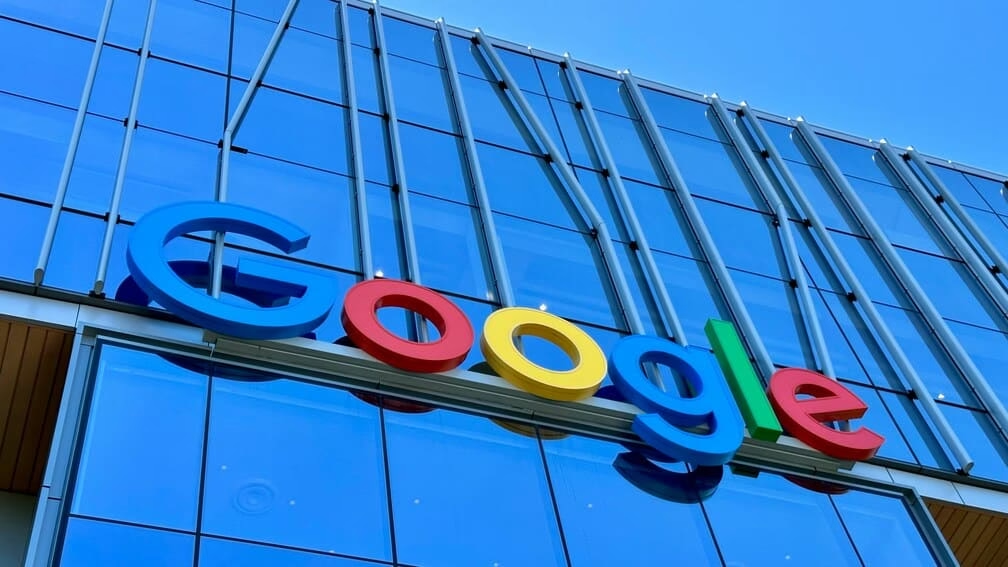
Related Reads : Top Antivirus Software for US Users 2025: Protect Your Devices with the Best
Frequently Asked Questions (FAQs)
Which is more secure—Apple or Google?
Apple focuses more heavily on privacy and local data control. Google has improved security but still relies on ad data
Can I use both ecosystems at the same time?
Yes, many people use a mix—like a MacBook with Google Docs. But full benefits come from committing to one ecosystem.
Is Google Assistant better than Siri?
Yes. Google Assistant is more accurate and conversational than Siri in most real-world use cases.
Which is better for smart homes?
Google offers more third-party compatibility, while Apple offers better security and integration (though limited devices).
Does Apple offer more polished devices?
Generally, yes. Apple devices are known for quality, while Android offers more variety at different price points.
Who should pick Apple over Google?
If you value privacy, polished design, and creative tools—Apple is your best bet.
Conclusion: Choosing Your Digital Future Wisely
The Apple vs Google comparison doesn’t have a one-size-fits-all answer. It comes down to your values, budget, and daily workflow. Apple delivers a seamless, secure, and polished experience ideal for those willing to invest in premium tech. Google provides flexibility, value, and world-class productivity tools for users who want versatility.
Whichever path you choose, commit with confidence—because your tech ecosystem isn’t just a tool. It’s your digital lifestyle.
